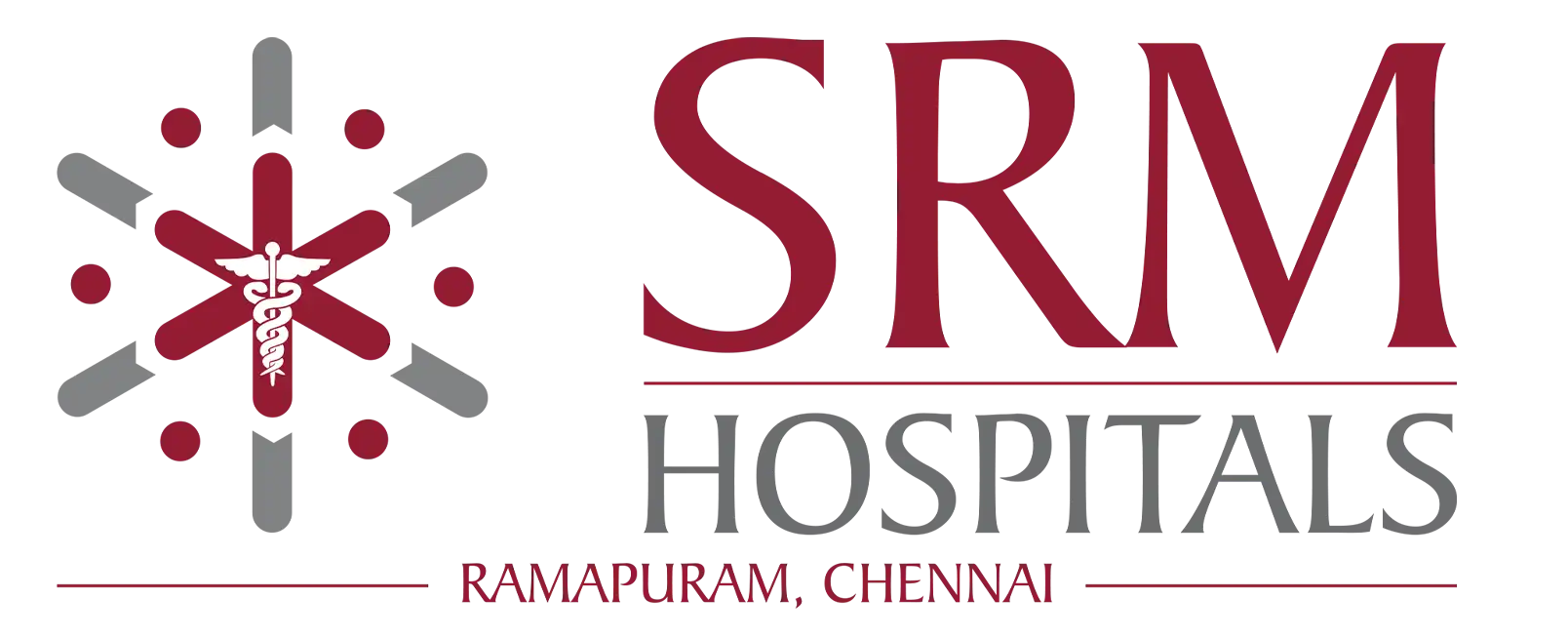What is Cardiac Catheterization ?
Cardiac catheterization is a diagnostic and invasive treatment procedure done in patients suffering from heart conditions like coronary artery disease, valvular dysfunction, myocarditis, cardiomyopathy and more. A thin, flexible catheter is inserted into a patient’s peripheral blood vessels and monitored under
an x-ray. With this, the professionals will be able to fish out the underlying problem by visualizing the heart’s chambers, valves and important vessels. Based on the area and vessel of Insertion, there are two types of cardiac catheterization;
- Right Heart Catheterization (RHC)
- Left Heart Catheterization (LHC)





